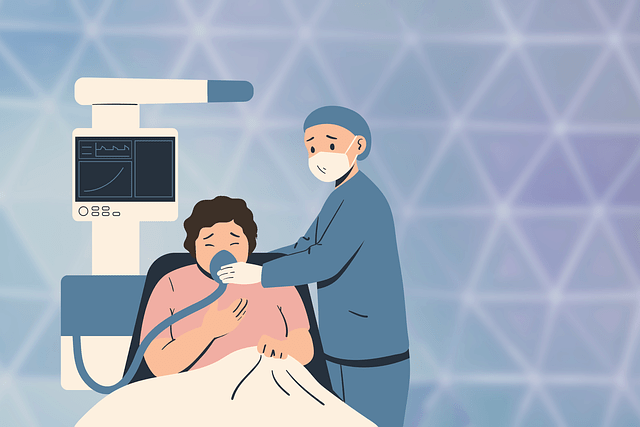
تحطيم الخرافات: هل يمكن للأكسجين المضغوط أن يعالج السرطان؟
Shattering myths: Can hyperbaric oxygen cure cancer?
Or xygen is an essential component of life. “Every cell in our body needs oxygen to survive,” says Wissam Jaber, MD, director of interventional pulmonary medicine at Phoenix Hospital. “We were created to consume oxygen.” Cancer cells’ relationship with oxygen is a bit more complex, and this discovery has led to decades of research on whether oxygen is good or bad for cancer. The answers aren’t definitive yet, but some have used the unknown to fuel unsubstantiated claims that certain types of oxygen therapies, including hyperbaric oxygen (HBO), can treat cancer. Too many people have misused myths to offer hope to cancer patients who are looking for hope and never get any hope. To take your money for a treatment that doesn’t always work. “Hyperbaric oxygen is one of them,” says Wissam Jaber, MD, an interventional pulmonologist at Phoenix Hospital.
What is the role of oxygen?
When you breathe, oxygen passes into the lungs and travels to the blood to nourish cells throughout the body. Cancer cells also need oxygen to survive, which is one reason tumors produce new vessels that connect to the body’s blood supply, a process called angiogenesis. As tumors develop rapidly, they outgrow their oxygen supply, but surprisingly, this does not always prevent their growth. Studies show that some cancers can thrive and resist treatment when they lack oxygen, a condition called hypoxia.
So, if tumors rebound and resist treatment when they lack oxygen, wouldn’t flooding them with oxygen have the opposite effect? This is the theory behind hyperbaric oxygen therapy, which is touted as an effective cancer treatment. The research does not support such a final conclusion. Hyperbaric oxygen therapy, which uses high pressure to push concentrated oxygen into the bloodstream, has been used for decades to treat decompression sickness. Also known as “bends,” this condition occurs when air pressure changes due to a rapid rise in altitude or depth, causing nitrogen bubbles to form in the bloodstream. These bubbles collect in the joints, usually the shoulders, knees, elbows, and ankles, causing pain. One of the most common causes of bends occurs when deep-sea divers ascend to the surface too quickly.
Hyperbaric oxygen research
Much research has been done on the use of hyperbaric oxygen as a treatment for cancer, often with mixed or inconclusive results. In 2015, Boston scientists made headlines with a study that found that flooding tumors with oxygen could help some treatments work better. “Since the root of all problems is a lack of oxygen in tumors, the simple solution is to give tumors more oxygen,” Northeastern University researcher Michael Sitkowski told NBC News. But the same article quotes the American Cancer Society as saying: “Available scientific evidence does not support claims that putting oxygen-releasing chemicals into the human body is effective in treating cancer.” A 2012 review by researchers in Norway showed that high-pressure oxygen slows the growth of some cancers but not others. The book called for further research. The review said:
Clinical trials continue to study the ability of oxygen therapy to treat cancer and some of the side effects of cancer surgery and other treatments. But for now, Dr. Jaber says, “there is no therapeutic role for oxygen in cancer. The introduction of higher than normal concentrations of oxygen to treat cancer has not been scientifically proven to eliminate the disease.”



